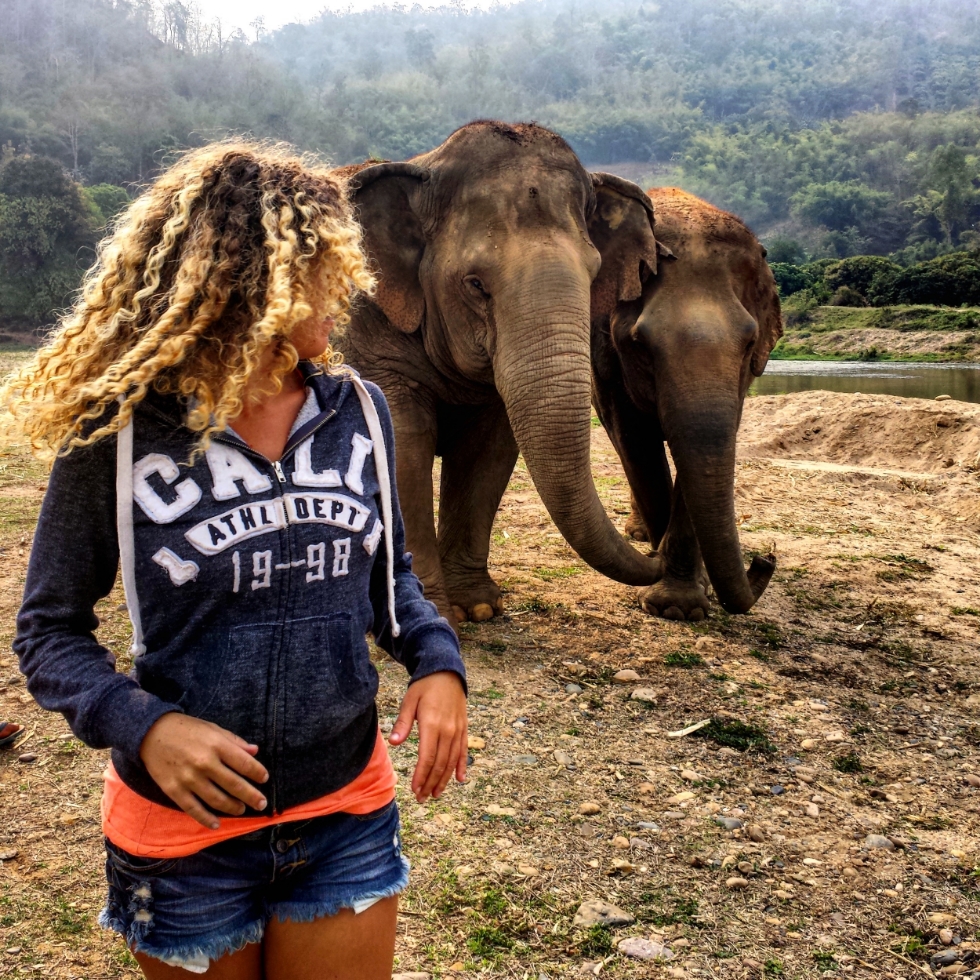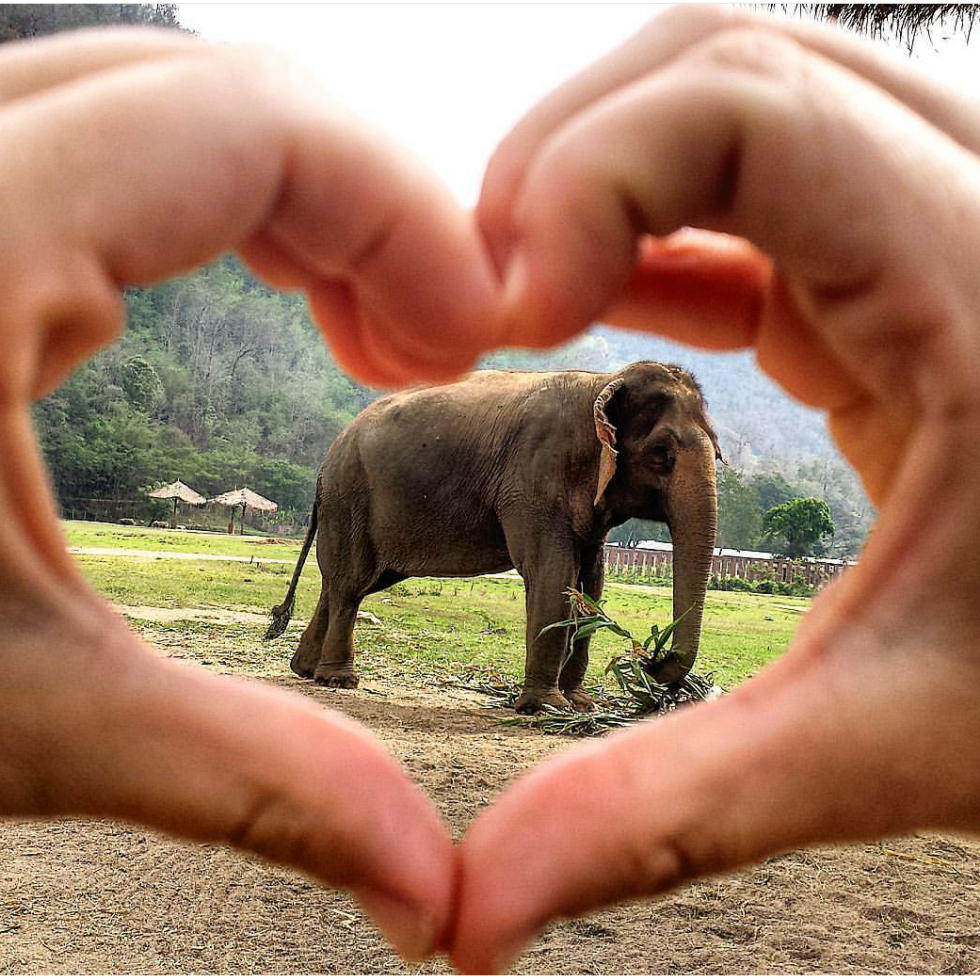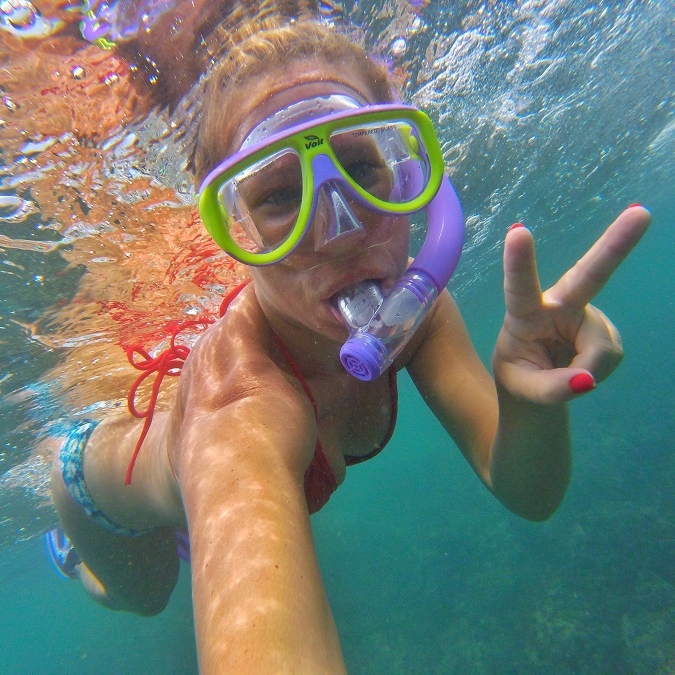The Ultimate Guide to Traveling with Your Pet
Pet travel is not only stressful on you, it can also be stressful on your pet. There are many steps you can take to make this process as easy as possible.
This is a step by step guide to preparing your pet for travel.
Schedule an appointment with your veterinarian
Most airlines require vaccinations, a microchip, flea and tick treatment and a health certificate to travel. Make sure you tell your veterinarian about your planned destination and ask what vaccines they recommend for traveling in that area.
Almost all flights and destinations require dogs and cats to have had at least two rabies vaccines. If your pet has never had a rabies vaccine, it will need to be boostered at least 30 days apart. Health certificates are required 10 days prior to travel.
Start the process with your veterinarian at least 60 days prior to departure, and if you’re traveling to Hawaii, at least 120 days. See below for specific Hawaii Quarantine tips.
Does my pet qualify to be a Service Animal?
For my dog, I used the National Animal Service Registry. The website contains a list of hundreds of medical conditions that are approved for you to have a service animal, everything from migraines to seizures, and the training for your pet can be done right in your home – by you, and only costs about 150 USD.
However, keep in mind that your animal must have a certain easy going demeanor to be a successful service pet; otherwise the trip will be more stressful than necessary on both of you.
There is no way to prove that your pet is actually trained because they legally can’t ask your disability, so it’s all about the wording. When asked by hotels, flights, restaurants, or any other business what type of duties your service animal performs, you simply say they are trained as a Medical Alert.
Though most think you need a doctor’s note to gain a service animal, this is only a myth. If you are American, the American Disabilities Act protects you form ever having to disclose your medical condition. This means when you complete the service animal registry, you agree that you have ONE of the many conditions on the list, and that your pet is trained to help you with this condition.
Legally, they cannot request any additional proof regarding the matter. It’s literally based on trust.
Things to consider:
A service animal, emotional support or therapy animal are all very different. The service animal is the only one that allows your pet to fly in the cabin with you for free, and the only one that gets around pet deposits and quarantine fees.
With a service animal, you can never be discriminated against, charged deposits or asked to change whatever type of reservation you have, unless your pet is a public nuisance (terrorizing those around you).
Emotional support and therapy dogs are not allowed outside their kennels on flights, which kind of defeats the purpose of having them there anyways, and legally you can be charged to bring them on a flight, in a hotel, etc. If you believe you qualify for the above description, go the service animal route.
The National Service Animal Registry site will give you all of the documentation you need to travel with your pet. I recommend purchasing the service vest as well, the visual seems to deter a lot of confusion from businesses.
The NSAR will also give you an identification card for your service animal with their picture on the front (yes, it is as adorable as it sounds).
Printed on the back is a list of questions that businesses can and cannot ask, in case you ever run into someone who isn’t familiar with the laws. The only two questions you are allowed to be asked: Is this a service dog? What tasks does this service dog perform? Again, the answer is medical alert.
Travel Tale: Problems I've Faced
The only problem I ran into when traveling with my service dog for the first time was a very unfriendly flight attendant. When you book your flight with your service animal, you need to confirm it with the airlines disability desk.
Again, they legally cannot require proof of disability as you are protected by the ADA. The airlines laws state that no animals are allowed in seats, only on the floor in front of your feet or on your lap, so make sure you request a bulk head seat if you have a large pet. My dog is a Doberman/hound mix, about 60 pounds, and wouldn’t fit in the leg space in a regular seat.
One flight attendant recognized this problem and gave me two seats, one for her to lie on. The other unfriendly flight attendant saw this and demanded that my dog go on the floor. After I patiently sat not giving in for a few minutes, she threatened to tell the pilot. I said please do, knowing my rights.
The pilot came out, assessed the situation, reached over and gave my dog a friendly pet, turned back to the flight attendant and told her to shut up and back off. Literally! Because they had no bulk head seats available and he saw that my dog lay quietly in the seat, he said she was fine where she was as long as she laid partially on my lap. The flight from Hawaii to LA is about 5 hours and he knew it was inhumane to make my dog sit on the floor under my legs where she couldn’t stand up or turn around.
This infuriated the unfriendly flight attendant and she wouldn’t look at me the rest of the flight, but hey; you can’t win them all. And I had the pilot on my side.
Check mate.
Upon arrival to the Los Angeles Airport there were two very professionally dressed women waiting for me. Uncertain who they were, I instantly thought I had done something wrong.
The ladies introduced themselves as the head of the airlines disability department, and they were there to investigate a complaint against the flight attendant for harassing me and my service animal on the flight. Who called them? The pilot. They asked if I wanted to file a report against the flight attendant as the pilot had already done so for harassment against one of his souls on board.
Wow, I thought, I really do have rights.
If you have any other questions regarding traveling with your service animal, send me a message, I’d be happy to help you with the process of registering your pet.
Before you leave for your flight:
- Ensure you have all proper documentation to travel i.e. vaccinations and their certificates, your pets microchip number, a health certificate if you haven’t registered your pet as a service animal, if you have then your pets NSAR certification, and anything else specific to you and your pet’s wellness.
- Make sure your pet has had a solid meal prior to travel, but careful offering too much food during the flight as you want to avoid vomiting from motion sickness.
- Bring a small bowl to offer your pet water frequently on the flight. Remember flying dehydrates you and will dehydrate your pet as well. The stress of navigating an airport will likely stress your pet out some and cause panting, so be sure to offer them a drink at least once an hour. Careful giving too much water though, you don’t want any accidents on the plane. Use your best judgement; an accident on a plane is a way better alternative than a dehydrated animal.
- ALWAYS talk to your veterinarian before giving your pet any sedation medications when flying. Personally, as a veterinary technician who has consulted and worked directly with many veterinarians in preparing pets for flight, I highly recommend you DON’T do it. Medications can react to each animal differently in the air, and when you’re stuck on a plane over the ocean for 5 hours you do not want to have an emergency. The first time I flew with my dog I wasn’t sure how she would react to the takeoff and landing, so I brought a bag of easily digestible treats that I knew she liked, cut them into pinky nail sized pieces and gave her bites when we took off and landed. She didn’t notice a thing. I did bring a backup of Benadryl just in case she was anxious during the flight and never had to use it. Again, consult with your veterinarian before giving any medications, including Benadryl.
- Know where the potty break locations are at each airport before you arrive. I had a 4 hour layover in Los Angeles and found they have a nice little fenced area with grass, a fire hydrant and a bowl of water for pets. I sat on the bench and she got to run around this little play area, stretch her legs and sniff all the wonderful smells dogs love.
- Exercise, exercise, exercise. Before your flight, make sure your pet has gotten some exercise and tires out some so they are more inclined to sleep during the flight. Careful not to overdo it though as your pet will be stressed enough going through the airport, it’s just fact. Arrive early and offer as many potty breaks as you can before you get on the plane.
- Remember to keep calm. Your pet will be looking up to you the entire trip, seeing how you react and mirroring your stress levels. Do your best to keep yourself composed. As many times as I’ve traveled with my dog I still get a little anxious when arriving at the airport. Try not to show it, keep your tone calm, offer lots of good pets and scratches, and if you don’t think it will upset their tummy’s give them a small piece of a treat.
Checklist of items to bring with you on the flight
- Leash
- Collar
- Rabies Tags
- Identification Tag
- Microchip Number
- Service Animal Vest and Certification if applicable
- Both original copies of Rabies certificates if applicable
- Health certificate if not a registered service animal
- Kennel, if applicable
- Medication
- Tiny treats in a zip lock bag
- Bowl for water
- A blanket from home for them to lie on and feel familiarity
When I first arrived in Hawaii I wasn’t aware of the service animal option so my dogs had to fly cargo. After seeing the stress in my animals eyes after they’d landed, I wished I would’ve known about this amazing, money and stress saving option beforehand.
Flying via cargo, the airlines recommends you freeze their water so it will thaw over the duration of the flight and they will always have something to drink. Their flight from Seattle to Hawaii was just over 11 hours, and when I picked them up at the quarantine station their dish was bone dry.
Luckily, I always carried a gallon of water with me, and between my Doberman and my Dachshund they had finished the gallon before they were even let out of their kennels. I cannot emphasize enough how much the NSAR has saved me money and stress for both myself and my pet, because now she flies with me wherever I go in the US. Look into it. Call the ADA, know your rights, research it and contact me if you have any questions. You and your beloved pet will be very glad you did.
Hawaii Quarantine Checklist
Do not let the Animal Quarantine checklist intimidate you. It is designed to deter travelers who don’t intend on staying long to leave their pets on the mainland. Hawaii is a Rabies free state, so we must follow regulations to enter, however the process is much simpler than it appears on their website.
Step 1: Download the AQS checklist and read through it carefully. Make sure you understand each step on the list, and contact me or the animal quarantine station directly in Hawaii with questions.
Step 2: Make an appointment with your veterinarian at least 130 days prior to departure. Your vet should be educated on the quarantine laws, but you can always contact me if you have additional questions.
Required Vaccinations & Titer
Your pet is required to have two rabies vaccines no less than 30 days apart and no greater than the vaccines licensed booster interval (usually 1 year and 3 year vaccines), and not less than 90 days before arriving in Hawaii before they will qualify for the rabies titer as well as a microchip.
A rabies titer is a test ran on your pets’ blood to check the immune response against the rabies virus, hence needing two vaccines. There are two laboratories your vet can use for this test though most go through Kansas State University, the same one I used.
120 Quarantine Period
The day after KSU receives the sample the 120 day “quarantine” period has begun. Let me elaborate on quarantine: your animal is not taken from you or your home, they are not required to spend this time in any specific location UNLESS you fly to Hawaii prior to the 120 day waiting period; then your pet will sit at the actual animal quarantine facility until the time is up.
There is no getting around this, so make sure you start the process early to avoid your pet having to spend any unnecessary time away from you.
Simplified Checklist of AQS Documents
Step 3: Prepare documents
- Original copy of two most recent rabies vaccines (no photocopies accepted) with vaccine name, lot or serial number, booster interval, vaccination date and expiration date required
- An original health certificate done within 14 days off arrival in Hawaii with all rabies information above listed on it, as well as proof the pet was treated with Fipronil or equivalent product to kill ticks (revolution is not acceptable, and the veterinarian MUST administer it)
- If you are applying for re-entry under the same Rabies titer test and vaccines that have not yet expired, you must have a copy of the airport release card given to you when your pet was released at the airport on a previous arrival in Hawaii
- Dog and Cat import form (must be notarized) that can be downloaded directly from their website
- Payment for quarantine fees (completely avoidable with a National Service Animal registry) -Document must be sent in together more than 10 days prior to arrival in Hawaii
Note: If you do not send the original health certificate to the Rabies Quarantine branch with the above documents then you must provide the health certificate upon arrival at the Airport Animal Quarantine Holding Facility (no photocopies accepted)
- Obtain copies of all above documents to accompany your pet during the flight
Step 4: Check your pets blood results at the Hawaii Department of Agriculture website.
Step 5: Make sure your pet will be arriving at the AQS between 8am and 5pm for direct airport release. International pets will have to go through US Customs before they are released to the Animal Quarantine Holding Facility. Check with airlines regarding US Customs hours of operation to assure they will be open to process your pet for release.
Step 6: An animal may only be released to the consignee identified on the notarized Dog and Cat Import Form (AQS 278.) If you are not traveling with your pet, you must make arrangements with the airlines to consign your pet to the individual who will pick up your pet.
Traveling with your pet can be easy and fun if you know how to do it right. I’ve been traveling with my dog for over 12 years and now she is just as much of a jet-setter as I am.
If you have any questions or concerns, need tips or advice on how to travel with your pet, sent me a message! It is my pleasure to do everything I can to make your trip as low cost and easy as possible for you and your beloved family member.
This Article was last updated on June 1st, 2016. Be sure to check out the links throughout the article for the most up to date information.
Let Your Dreams Take Flight!
Read Next:
Dez, Founder of My Deztination, recently gave up her executive career in Hawaii to travel the world, volunteer with influential causes & inspire others to do it, too.
Follow her journey across the world, get informative travel tips, connect with causes & see inspirational photography from around the globe!
Watch My Latest Travel & Conservation Videos!
Watch the Veterinary Team at the Elephant Nature Park use positive training to clean a snare wound on one of the resident baby Elephants! Find out how you can become a volunteer at this park in Thailand!
Mission
“To Show you How to Travel the World & Truly Make a Difference While Doing it. ”





















